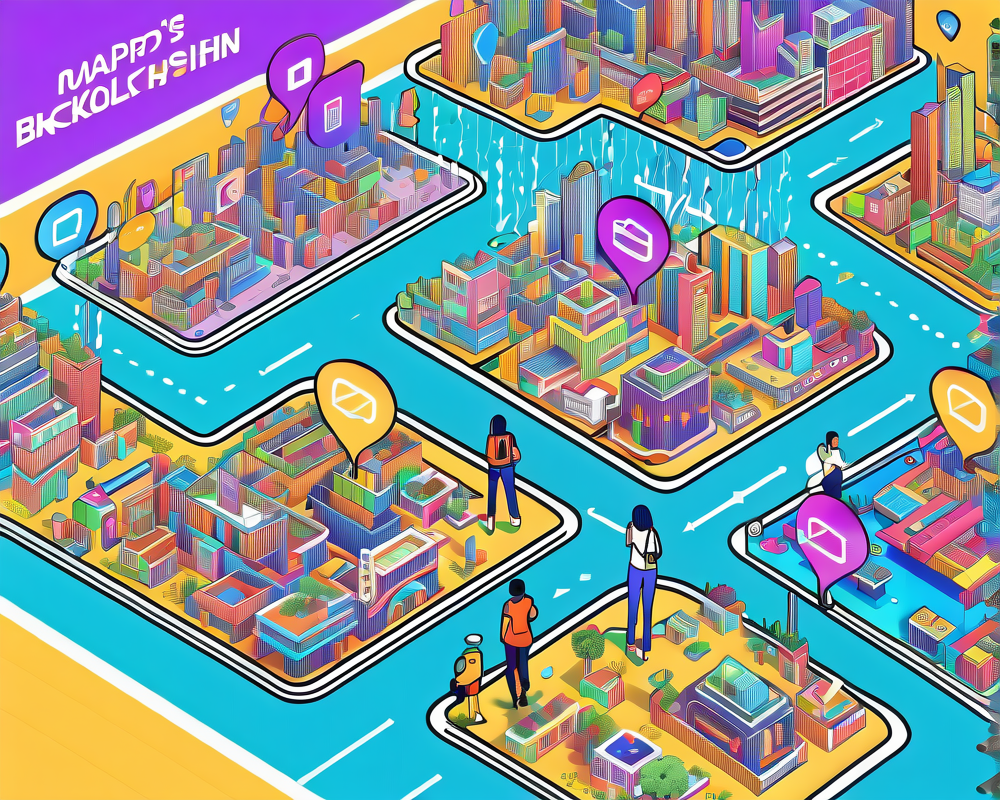The Tug-of-War Between Technology and Trust
Technological advancements have invariably found themselves in the crosshairs of societal fears, with innovations like nuclear energy and WiFi serving as prime examples. While these tools were intended to simplify our lives, they stoked imaginations (and nightmares) about an impending apocalypse. Dystopian literature and films have only added kindling to the already fierce fire of technological trepidation, especially with the rise of artificial intelligence (AI).
The Shadow of AI: Fear of the Unknown
It’s human nature to fear the unknown, and technology is often the mask behind which these fears lurk. In the digital space, the emergence of AI has unveiled shadows that we struggle to differentiate from reality. One of the most pressing questions in this AI-infused universe is: can we trust what we see? With the metaverse on the horizon, the need for proof-of-humanity grows larger.
AI: The Key to Unlocking Immersive Experiences
The metaverse offers a smorgasbord of opportunities to integrate AI in ways that could potentially enrich user experience. According to Roberto de Arquer Jaumandreu, co-founder of a metaverse and digital identity firm, AI has the potential to enhance
- Environments: Imagine asking an AI to create a whimsical forest or a bustling cityscape at the snap of your fingers. Users could harness AI to design their worlds in 3D, a concept straight out of a sci-fi novel.
- Filters: The ability to change one’s appearance at will is already a hit on social media. In the metaverse, AI can enhance this experience further, allowing users to modify their digital presence and the world around them.
- NPCs: AI can breathe life into non-playable characters, making them more responsive. Users won’t just ask them questions; they can dictate how characters behave, creating a dynamic interaction unlike anything seen before.
This wave of innovation is not solely the product of wishful thinking; creators believe it’s an essential evolution in the gaming landscape.
Proof-of-Humanity: Trusting the Digital You
With great technology comes even greater skepticism. As AI infiltrates our online spaces, the question arises: How do we ensure what we engage with is authentic? The quest for proof-of-humanity has become paramount. This tool leverages biometrics to affirm a user’s identity, akin to the blue verification checks seen on social networks.
“The increase of AI users means we need ways to guarantee we’re interacting with real people,” Jaumandreu points out.
Striking a Balance: Humans vs. Machines
Too much AI can dampen the human spirit, while too little may stifle innovations. As articulated by Raj Rajkotia, founder of a sports metaverse, the right balance is critical for maintaining user engagement and trust. If the crowd is overrun by AIs, human players might feel disillusioned and question their experiences.
Creating a hybrid environment, where AI augments but doesn’t overshadow, could be the panacea for this dilemma. It ensures that while AI characterizes the landscape, real human connections are still interwoven within the fabric of the metaverse.
The Road Ahead: Embracing Change while Being Cautious
As developers trot along the path of creation for Web3 spaces, the challenges posed by AI will undoubtedly persist. However, with strategies like proof-of-humanity in place, trust can be gradually cultivated. As the metaverse evolves, finding a harmonious coexistence between AI and humanity may just usher in a new era of digital interaction.




